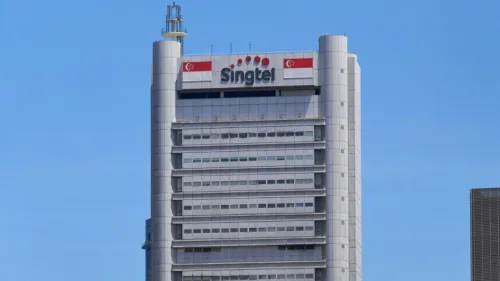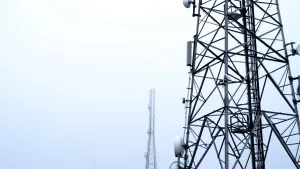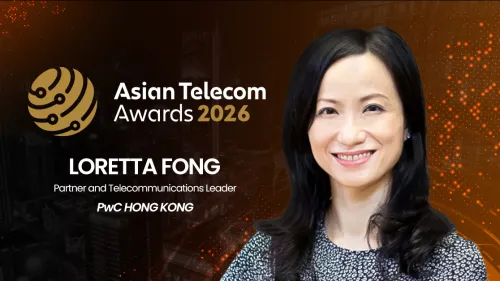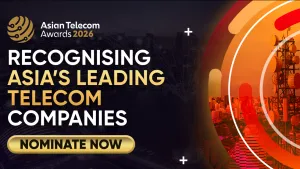
Strong growth expected for Southeast Asia’s mobile wallet market
The region has over 600 million emerging consumers.
Transactions through digital payments and other wallet technologies will remain strong following the traction it gained on the back of the rise of e-commerce and COVID-19, industry leaders interviewed by McKinsey & Company said.
Chris Yeo of Grab Financial Group there are a lot of opportunities and problems to be solved in Southeast Asia–an underappreciated region with over 600 million young emerging consumers.
Over six in 10 people in the region are unbanked and only around 17% of transactions were cashless, he said.
“This means really strong growth for wallets. It may be the only payment method that’s consistently gaining share across most or all markets in Southeast Asia, driven by tailwinds from e-commerce and COVID-19. Southeast Asia, in fact, is a wallet-first region, and we think this trend will continue,” Yeo said in an article by McKinsey.
In the Philippines, Martha Sazon of Mynt said cash remains to be the preferred payment mode but the adoption of wallets surged during the pandemic.
Sazon cited the Central Bank of the Philippines which reported that 20% of the retail transactions in 2021 were done with online merchants, with peer-to-peer payments as key growth drivers.
When Mynt launched GCash in 2020, the e-wallet service only had 20 million registered users but this rose to 55 million by the end-2021, which is 70% of the adult population. Sazon said they record 17 million daily active transactions and cater to three million merchants and social sellers.
“We deal with anything and everything that needs some form of financial connectivity. Filipinos are known to not jump on a trend right away; we want to be sure about where we put our money. But once you get to that tipping point, it’s like a big bandwagon. People have observed wallets being used by friends and family members who were early adopters. They’ve seen that it works,” she said.
Anthony Thomas of MoMo, meanwhile, cited education and awareness as a big barrier to the adoption of wallets. Thomas said that these barriers go together with trust.
“Payments is deeply local. Wallets have been urban-centric, but there’s so much expansion in smaller cities beyond the traditional hubs, and that’s where future growth lies, especially once we solve for cash-in,” he said.
BNPL services
Buy Now, Pay Later (BNPL) services would be a “convenient way” to increase spending power, Yeo said, adding that nine in 10 customers in Southeast Asia do not have a credit card.
However, he said that it is vital to ensure to manage risks and balance innovation with protection.
“All these pieces must come together to unlock this really interesting BNPL space, which we think will grow more and more. For our consumers, it’s more about ensuring sufficient control than extending an unnecessarily large credit line,” he said.
Sazon said they recently launched a BNPL platform for GCash, a service which will accelerate financial inclusion and consumption as it provides a “flexible, accessible solution” to those who need cash, especially those who do not have access to credit cards.
She noted that many Filipinos are forced to borrow from informal lenders or loan sharks and borrowing from banks has many barriers including a lack of credit scores.
For Thomas, BNPL, a feature they only launched early this year, is here to stay as there is demand for it.
Layering in BNPL in wallets which already have merchants and consumers is also easier than for a stand-alone player.
“It’s a path to monetization, and the other important value it has for MoMo is the credit data. That opens up our platform possibilities on credit. There’s a nice positive reinforcing loop,” he said.












